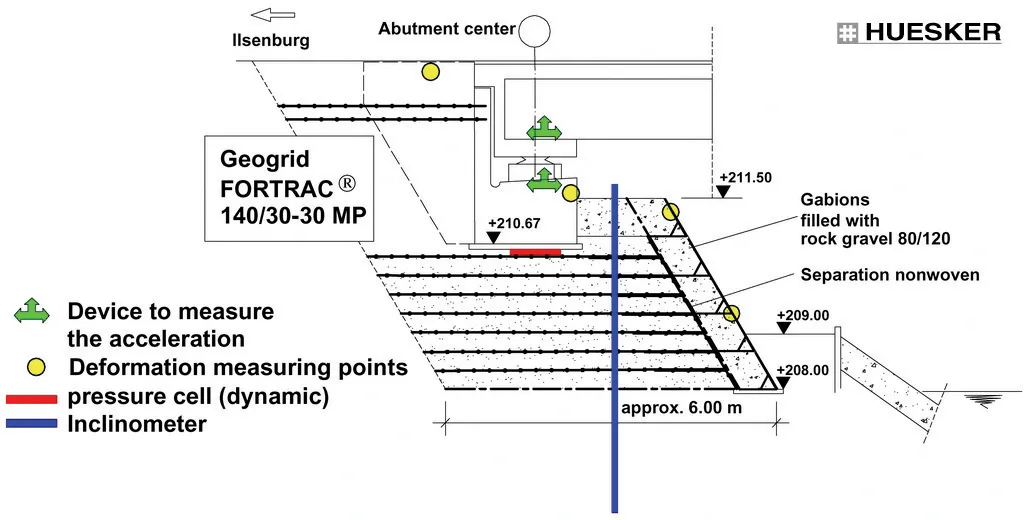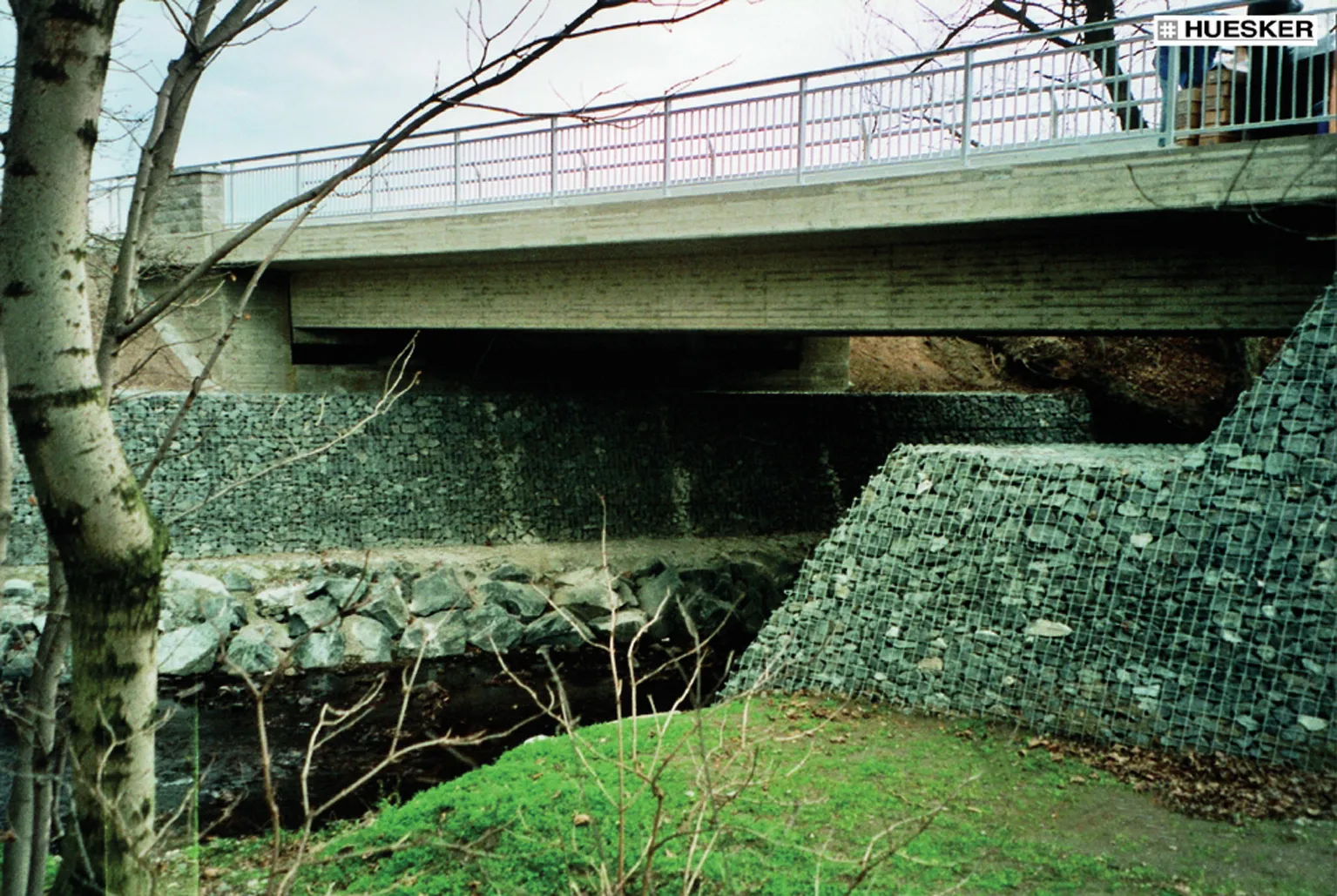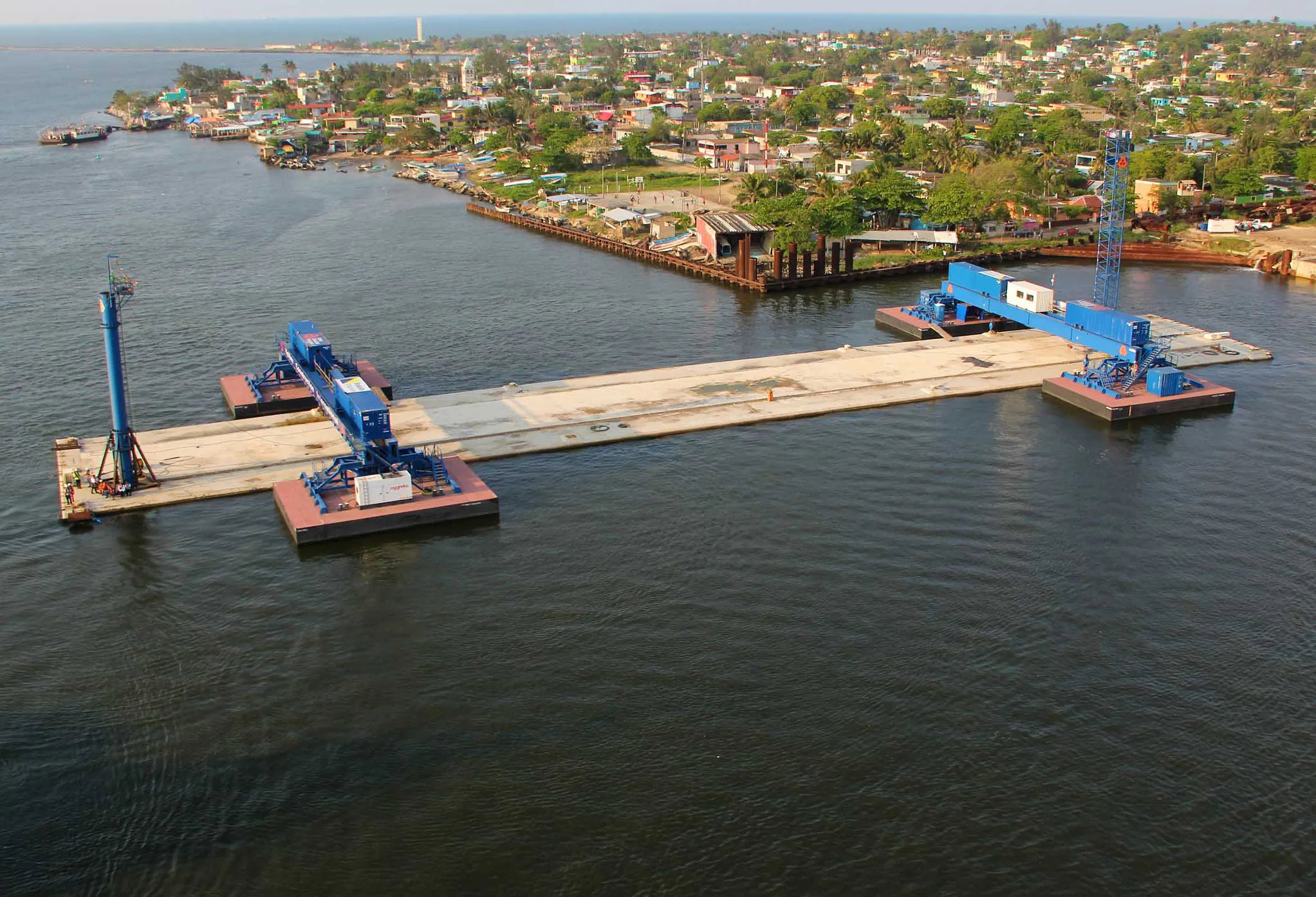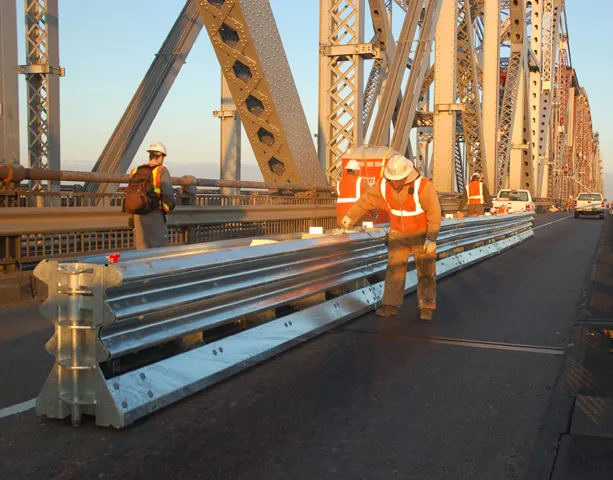Huesker says that its new Tektoseal Active product family offers safe long-term containment of contaminants. Relocating contaminated soils can be unfeasible or undesirable so preventing contaminant migration to unpolluted areas requires solutions that are readily adaptable to specific site conditions. The firm now offers three new products – Tektoseal Active AS, AC and CP – for contaminated site remediation, groundwater protection and oil absorption. Active Geo- Composites comprise three permanently bonded
March 9, 2017
Read time: 1 min

Tektoseal Active AS forms a strong barrier against petrochemical products. Securely bonded components mean that Tektoseal Active AS is well-protected against wind and water and typical applications include docksides, airports, temporary fuel stations, parking areas and crash sites.









